The F-15E Strike Eagle doesn’t make headlines the way stealth bombers do, but make no mistake—it’s almost always in the picture when serious missions go down. When rumors swirled about the B-2 Spirit making its way into Iranian airspace, many quietly assumed the F-15E wasn’t far behind. Designed for deep strikes and fast reaction support, the Strike Eagle has long been the go-to jet for backing up stealth operations with speed, range, and a serious weapons load.
Its two-seat layout, advanced sensors, and ability to loiter with precision-guided munitions make it an ideal escort for long-range missions in contested territory. Whether the target is air defense infrastructure or a fast-moving threat on the ground, the F-15E is built to show up, hold its own, and get the job done—quietly, effectively, and without much fanfare.
Born from a Need for Dual-Role Fighters
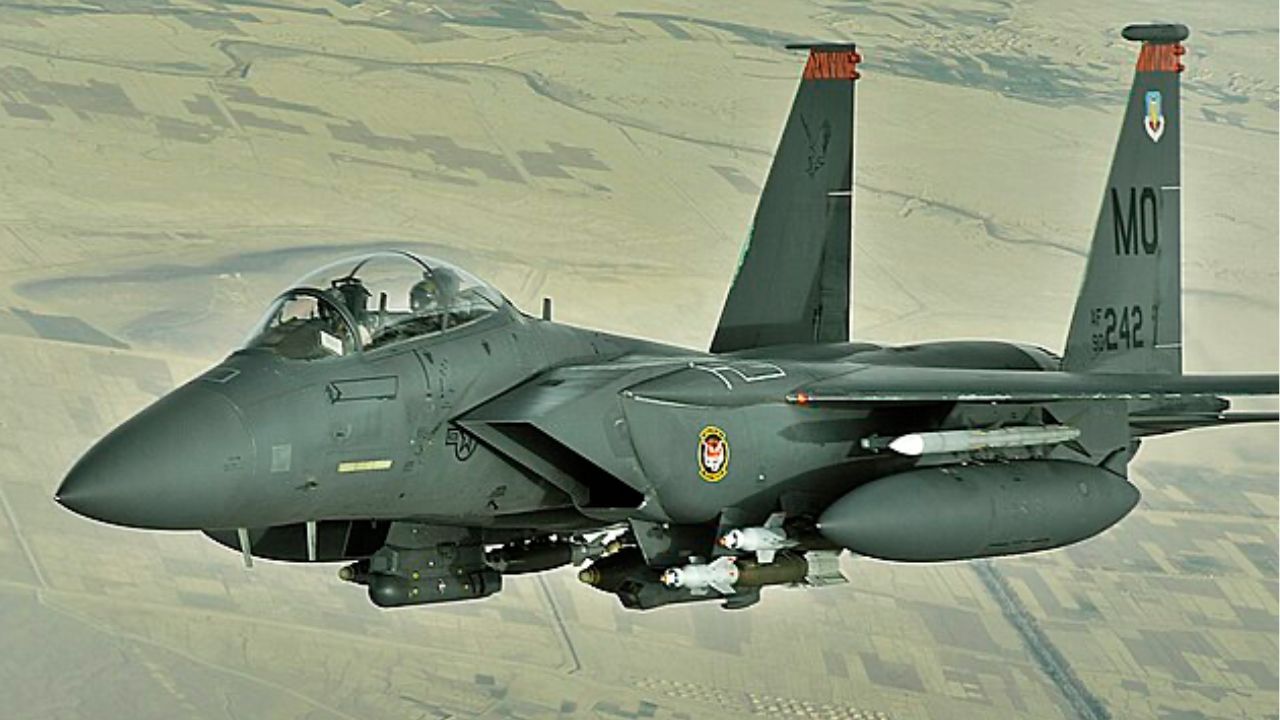
The F‑15E Strike Eagle was developed under the USAF’s Enhanced Tactical Fighter program in the early 1980s, aiming to replace the F‑111. Built off the F‑15 airframe, it first flew on 11 Dec 1986, with initial operational capability reached in September 1989.
It combined air superiority prowess with deep-strike capabilities—two seats, conformal fuel tanks, and a dedicated weapons system officer gave it unmatched flexibility. USAF planned for 400 F‑15Es, eventually building 236 through 2001.
Packed with Power and Fuel

The Strike Eagle runs on two Pratt & Whitney F100‑PW‑220 or ‑229 turbofans, producing 25,000–29,000 lbf thrust each. It carries fuel in both internal tanks and large conformal tanks—750 gallons combined—plus up to 35,550 lb with external tanks.
Its ferry range is about 2,400 miles with full tanks, while combat missions typically reach around 790 miles. The combination supports deep-penetration missions with minimal refueling stops.
High Performance at High Altitudes
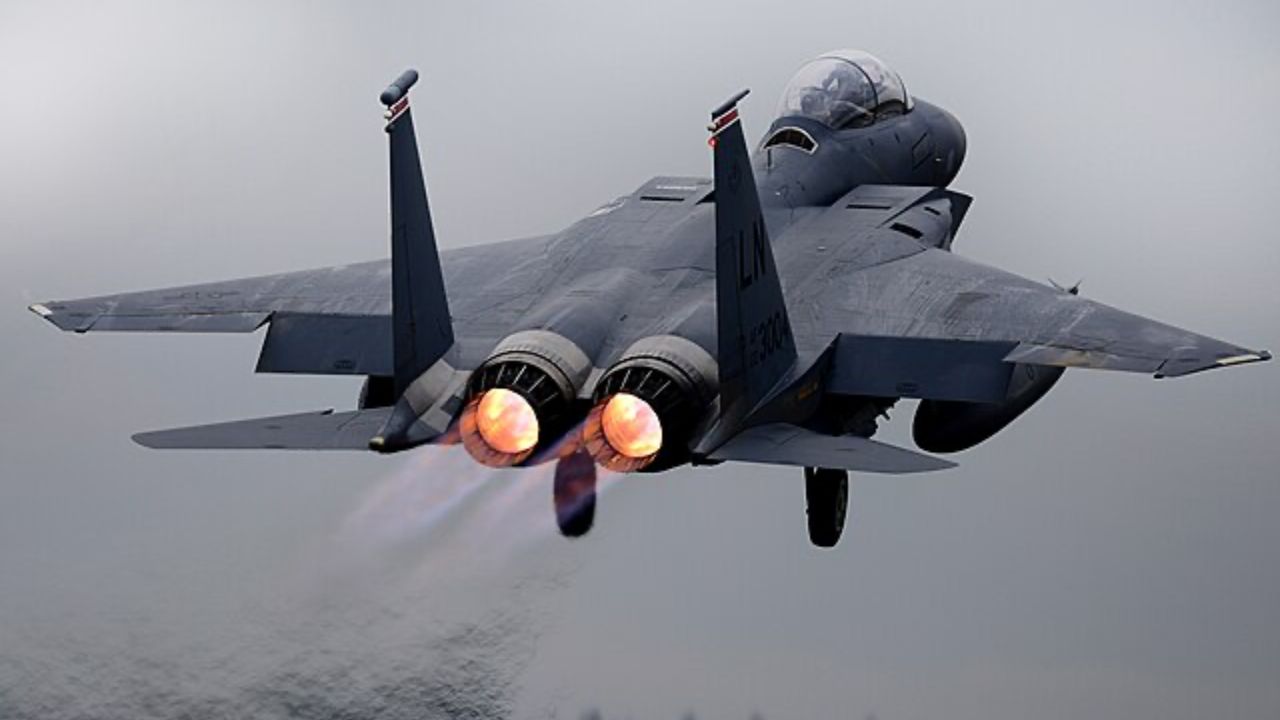
With a maximum speed of Mach 2.5+ and a service ceiling near 60,000 ft, the F‑15E delivers jetfighter-level performance with heavyweight capabilities. The Strike Eagle is one of the rare twin-engine jets whose combined thrust actually exceeds its takeoff weight, meaning it can accelerate vertically even while loaded.
That power-to-weight ratio gives it superb acceleration and quick climb—even with full weapon and fuel loads—ideal for surprise ingress and escape in contested airspace.
Impressive Payload and Ordnance

The F‑15E can carry up to 23,000 lb of bombs, missiles, and fuel across wing and fuselage hardpoints. It can field a wide array of weapons—from AIM‑120 AMRAAMs and AIM‑9 Sidewinders to JASSM‑ER cruise missiles and Paveway laser-guided bombs.
Inside, it packs an M61A1 20 mm cannon with 500 rounds, useful for close-in engagements. The mix of air-to-air, air-to-ground, and internal sensors makes it a true multi-role workhorse.
Radar and Advanced Avionics
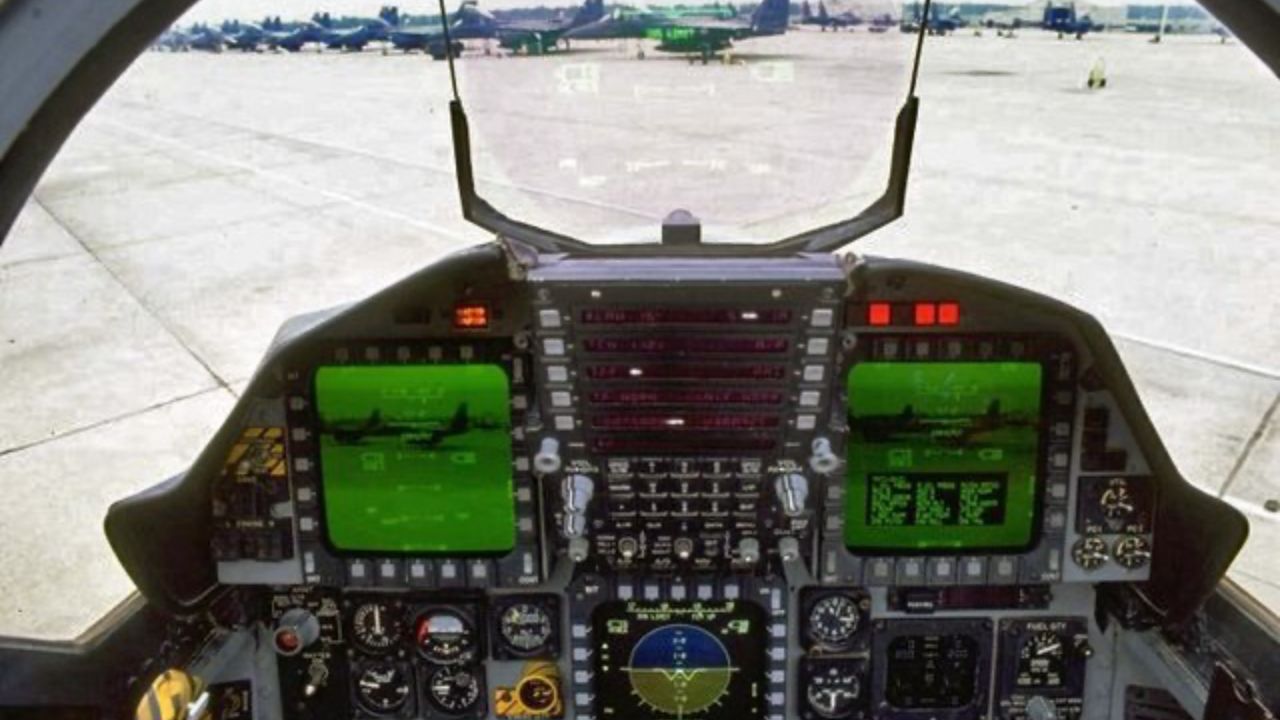
The Strike Eagle sports an APG‑70 radar, later upgraded to AESA versions, giving it long-range detection and precise targeting capability. It also uses LANTIRN pods for low-altitude, night, or adverse-weather targeting support.
The cockpit includes a heads-up display, plus the front and rear seats each have multi-function displays and access to targeting data. The radar and avionics work together as a coherent strike package even in tough ECM conditions.
Electronic Warfare and Survivability

Equipped with the AN/ALQ‑135 ECM system, the F‑15E can jam incoming radar threats and protect against missile locks. Later models added the Eagle Passive/Active Warning Survivability System (EPAWSS), improving situational awareness and defenses.
Those systems make the Strike Eagle hard to lock onto and able to enter well-defended airspace. It can suppress or destroy enemy air defenses while staying clear of return fire—a key in high-end conflicts.
Structural Durability and Service Life
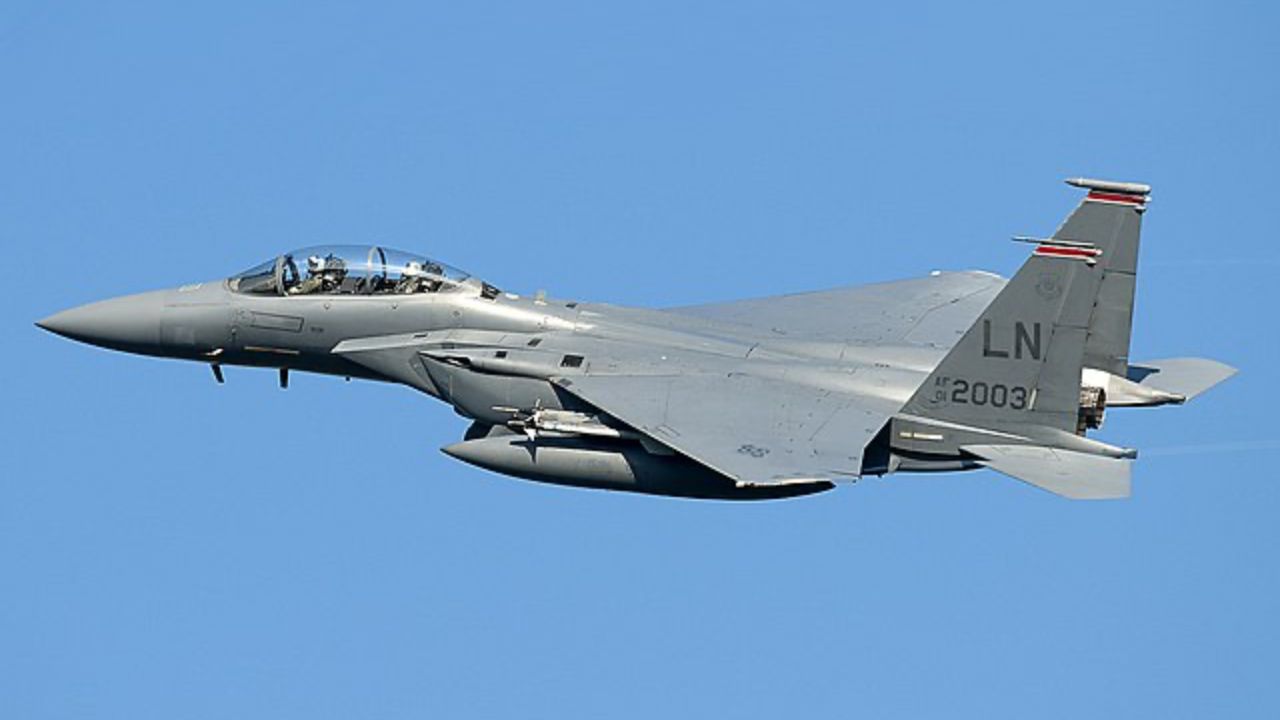
Its airframe is rated for 8,000 hours, with up to 16,000 hours achievable via depot maintenance—twice the lifespan of earlier F‑15A variants. Over 525 aircraft have been built across Advanced Eagle models, with continued upgrades keeping them relevant .
These upgrades include fly-by-wire testing, digital cockpits, and structural enhancements. That longevity ensures it remains a frontline option well into the 2030s and beyond.
Combat Proven Across Decades

The F‑15E debuted in Desert Storm in 1991, flying deep-penetration strikes against Scud launchers, air defenses, and infrastructure—two were lost amid heavy fire . It later served in the Balkans, Iraq, Afghanistan, Libya, Syria, and against FARC guerrillas—covering suppression of air defenses, close-air support, interdiction and more.
It also scored an unusual air-to-air kill in Desert Storm: a Mi‑24 “Hind” helicopter hit by a GBU‑10. That dual capability is rare and makes the F‑15E unique in modern war.
International Variants and Export Success
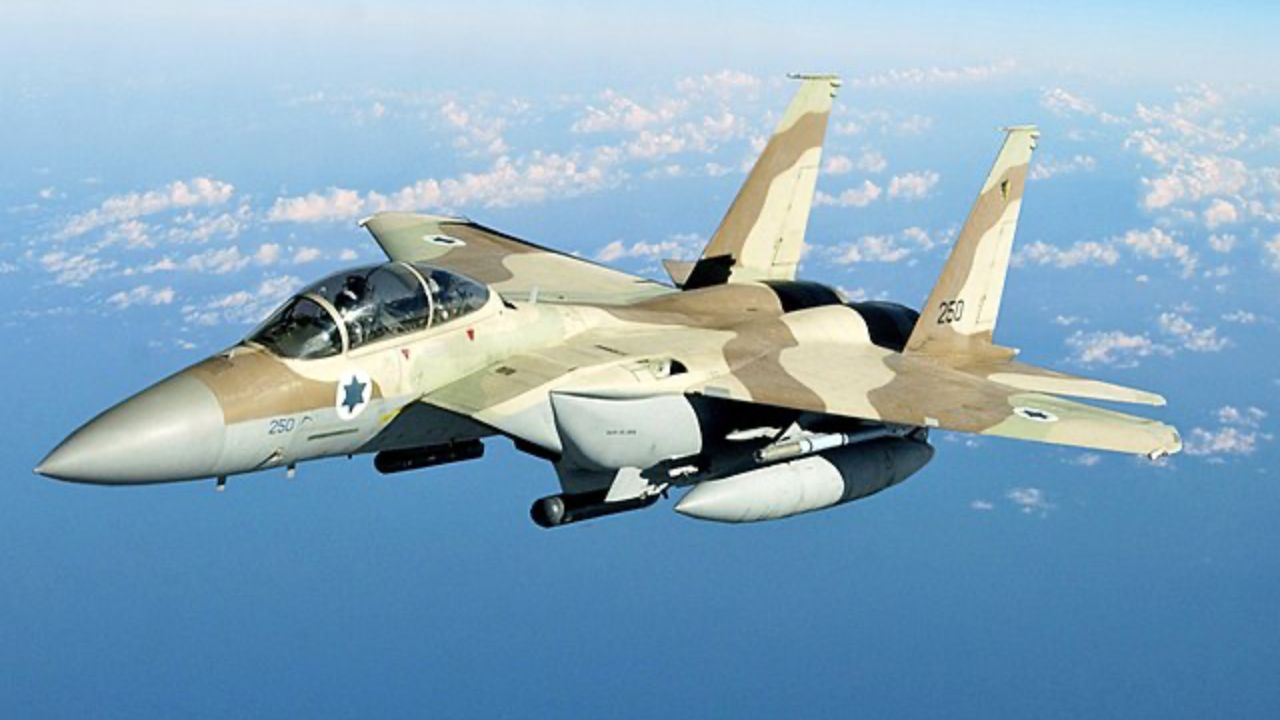
Several countries field F‑15E derivatives: Saudis fly the F‑15S/SA, Singapore uses the F‑15SG, South Korea the F‑15K, and Israel operates the F‑15I “Ra’am” with Israeli radar and helmet-mounted cueing.
Export variants share most US strike features—air-to-air missiles, AESA radars, advanced ECM, and conformal fuel tanks. That made it Boeing’s most successful modern fighter export, strengthening allies with proven strike power.
Future-Proofed Through Upgrades
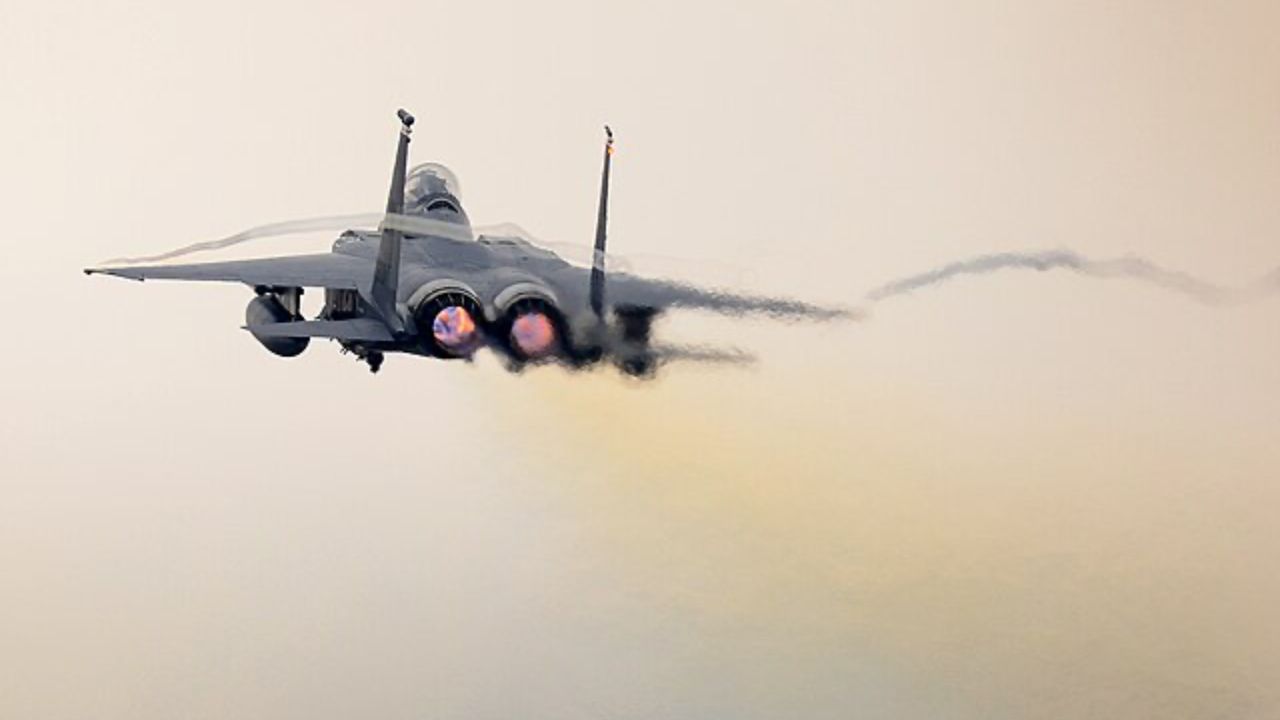
Recent USAF orders include F‑15EX Eagle II—the latest Advanced Eagle variant entering service in mid-2024. It brings fly-by-wire controls, expanded payloads, modern sensors, digital avionics, and enhanced EW systems.
The strategy is clear: keep producing an affordable, high-performing strike fighter that complements stealth jets. Rather than retire the Strike Eagle, the USAF is doubling down—modernizing proven airframes instead of scrambling for untested platforms.
Like Fast Lane Only’s content? Be sure to follow us.
Here’s more from us:


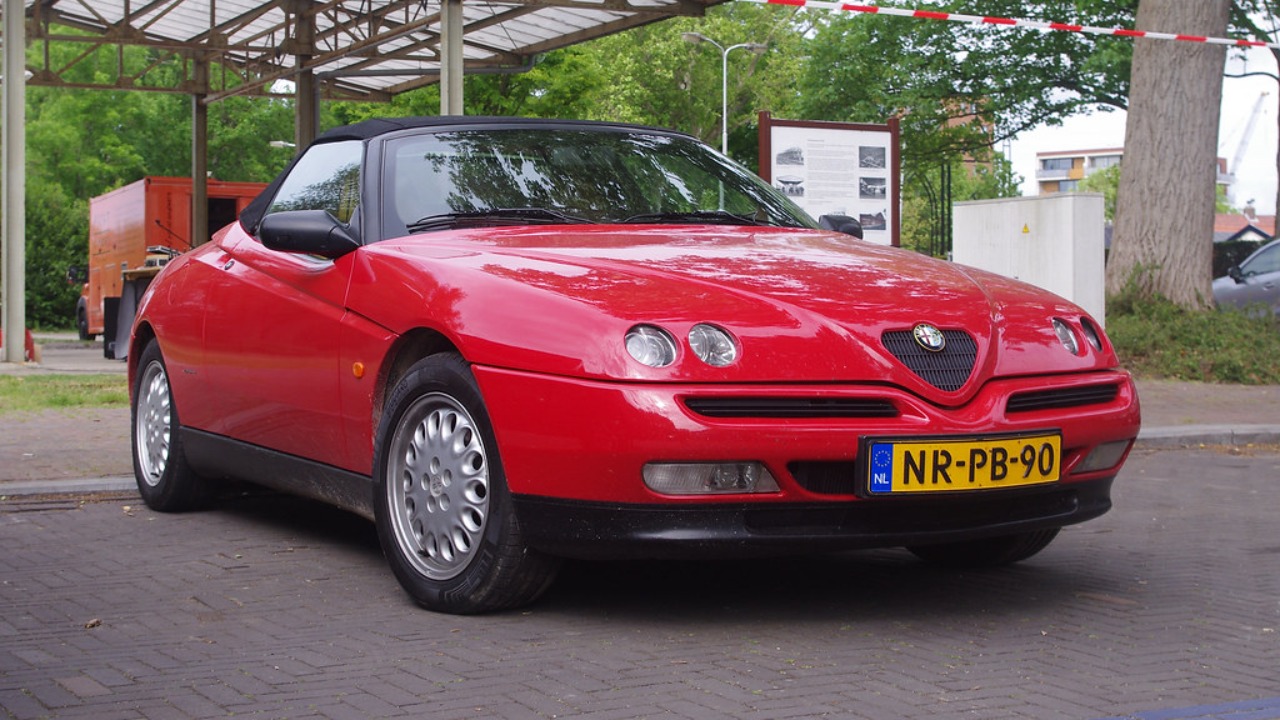


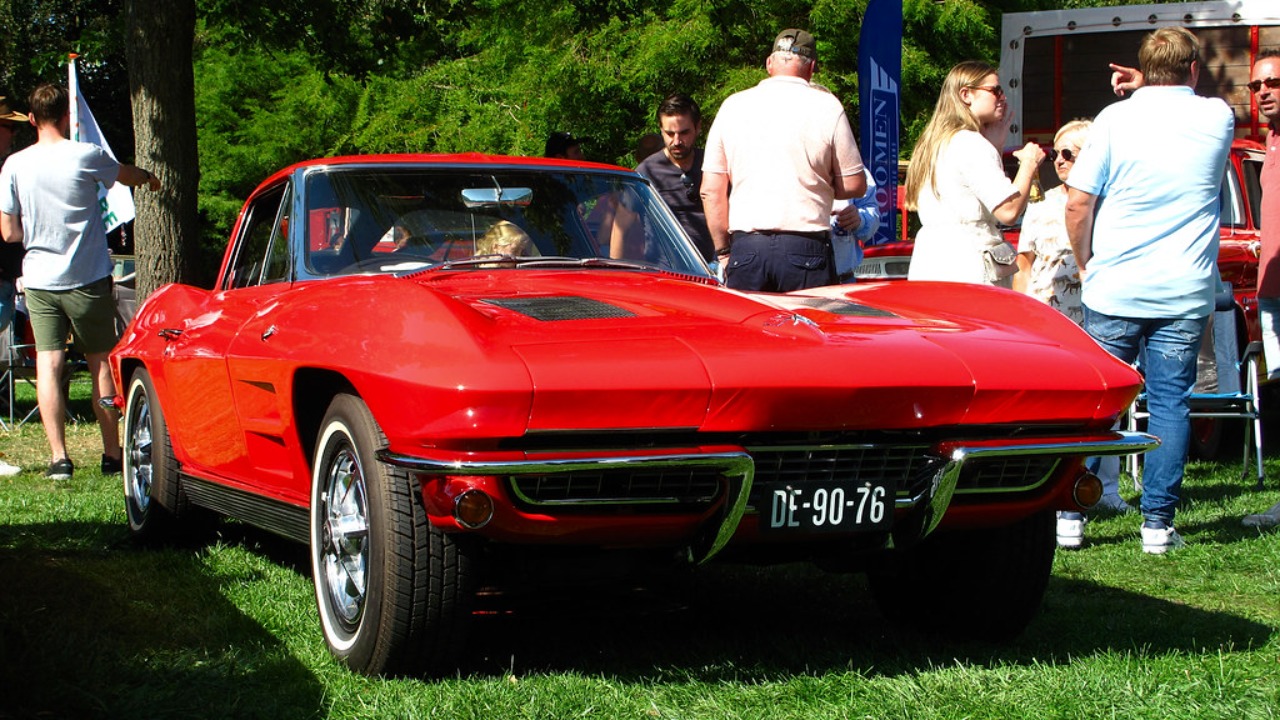

Leave a Reply